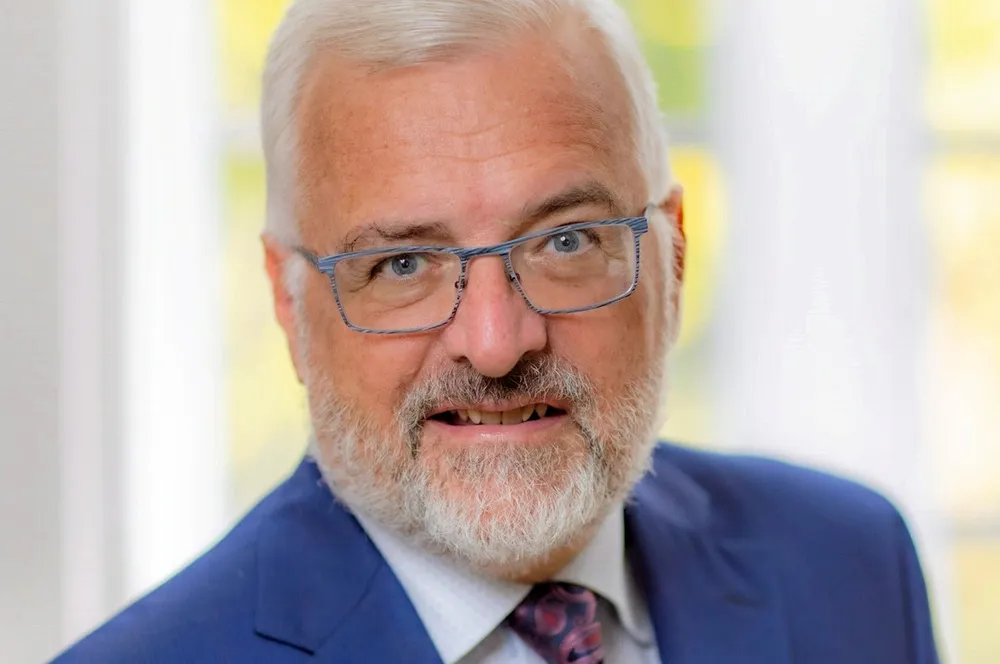More than 1,000 clean hydrogen projects worth $320bn announced, but few have reached FID: report
Hydrogen Council study suggests that European developers are still waiting for subsidies to start flowing before making final investment decisions

Hydrogen Council study suggests that European developers are still waiting for subsidies to start flowing before making final investment decisions
